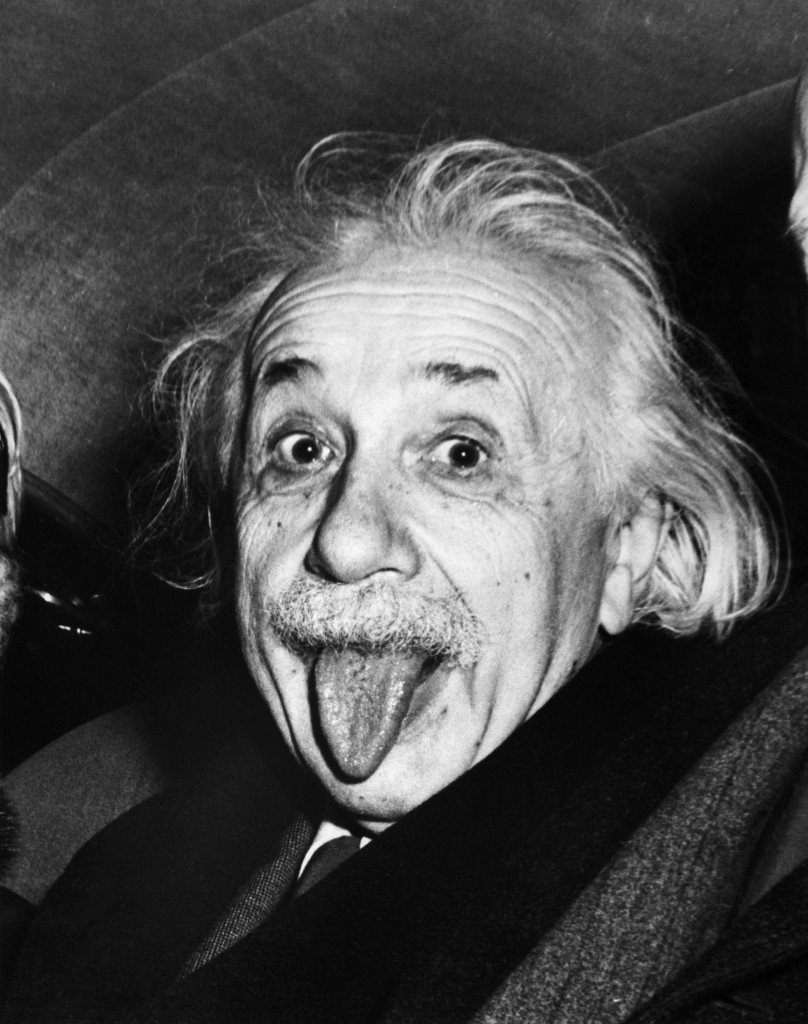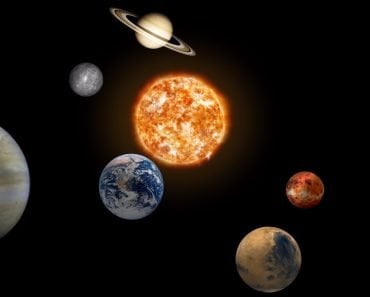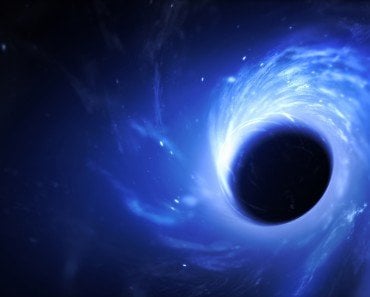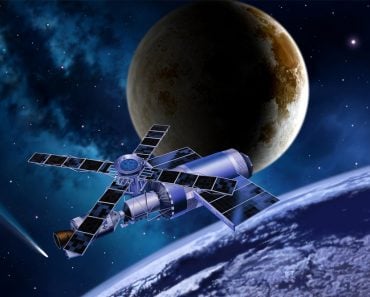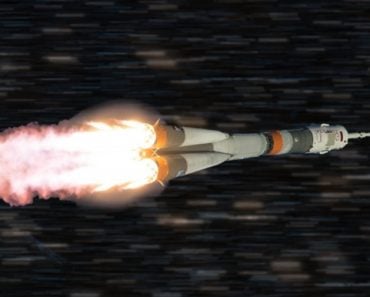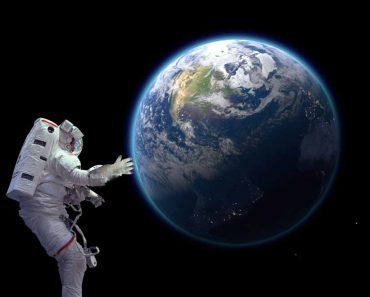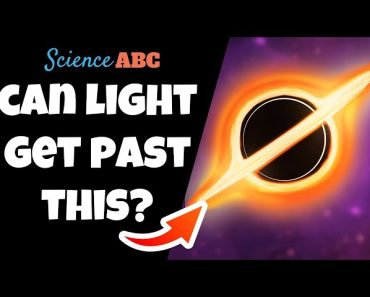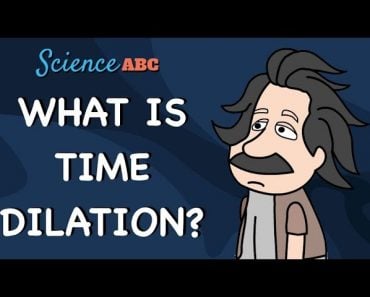Table of Contents (click to expand)
The speed of gravity is the speed of light, which is 186,000 miles per second.
After computing the orbit of the only comet visible to the naked eye that might dart across the night sky twice in a lifetime, Edmond Halley grew extremely intrigued by the force of gravity. When in 1684 he met Newton to discuss the proofs of Kepler’s laws of planetary motion, he was astonished to discover that Newton had already solved them. In fact, Newton, the sterling polymath he was, had proven the laws 4 years before Halley even asked for his help. At 22, he had independently invented calculus at the same rate we learn it in high school and engineering to subsequently determine why planets revolved around the sun in an elliptical orbit.
Appalled by the fact that Newton hadn’t even considered publishing his proofs, Halley decided to become his patron. Newton’s Principia, which will go down as one of the most groundbreaking works in the history of mankind, was published at Halley’s expense. However, critics incredulous about the mysterious pull of gravity questioned Newton about why his proofs worked; why did gravity work the way it did? Newton’s smug reply to his criticisms “I don’t frame hypotheses” was appended to the second edition of his book.
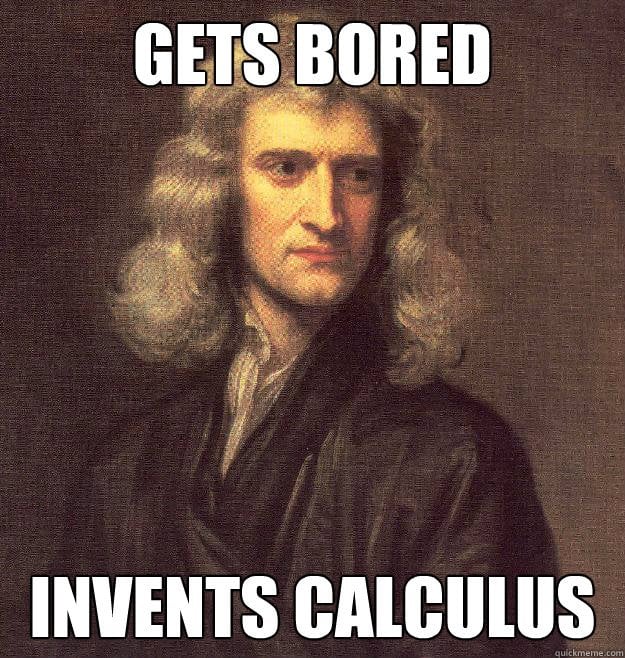
Centuries later, Einstein not only debunked what caused the mysterious pull of gravity, but he also set an upper limit to its reach. Newton believed that gravity traveled at the same speed as what light was believed to be during archaic times – infinite. He explained that if the Sun were to suddenly vanish from the center of the Solar System, all the planets would instantaneously be flung into space, in the direction of their instantaneous tangential velocity. Einstein, however, disagreed.
Recommended Video for you:
The Problem With Newtonian Gravity
Newtonian gravity’s infinite reach meant that every particle affected every other particle, regardless of the distance between them, even if they were stationed at opposite corners of the Universe. Einstein wasn’t the first person to disagree. The earliest of these criticisms bubbled when, in 1859, Urbain Le Verrier discovered an anomaly in Mercury’s orbit that could not be explained by Newton’s gravity. Formally known as The Perihelion Precession of Mercury, the orbit of Mercury wiggled and deviated about its axis.
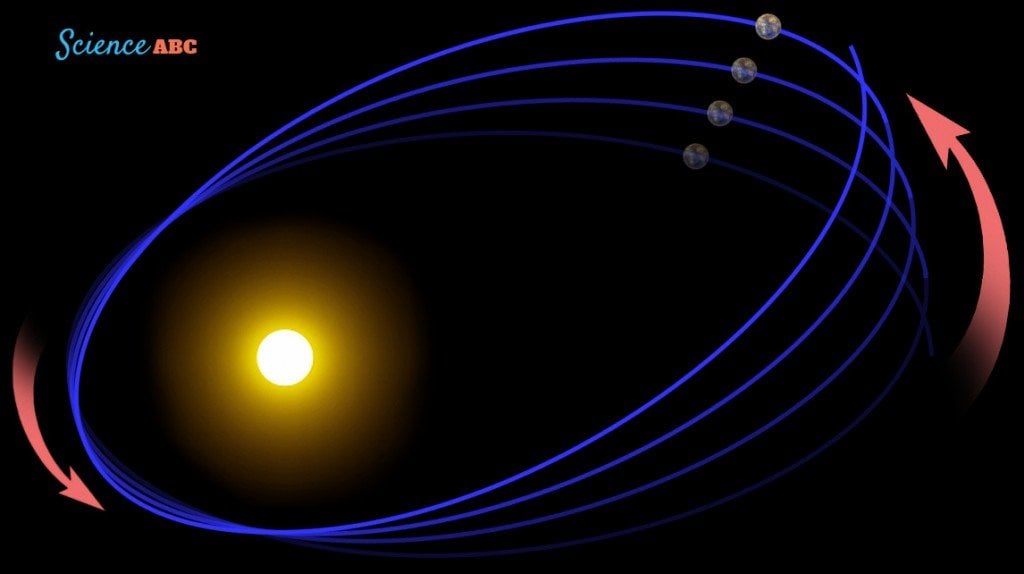
The first attempt to calculate gravity’s speed was made by Laplace, who redefined gravity as a field or a liquid. He calculated the speed to be at least 7 million times the speed of light. However, the finiteness of gravity’s velocity, irrespective of its exorbitance, posed a problem. A stable orbit between two bodies could only be achieved if the force on one body, say A, points directly towards the other body, say B. The force of gravity between these two bodies will influence each other instantaneously if gravity travels at an infinite speed, even if the bodies A and B are separated by an astronomical distance. However, finiteness would cause a lag.
Think about the forces of gravity transmitted by two bodies as arrows shot by two archers. If the arrows travel at a finite speed, the arrows will miss their targets because the targets, who are in constant revolution, will move ahead. This would destabilize an orbit as the resultant force of this system involving a body’s centrifugal force and gravitational pull would deviate from its trajectory, causing the bodies to gradually spiral outwards, potentially destroying the entire Solar System.
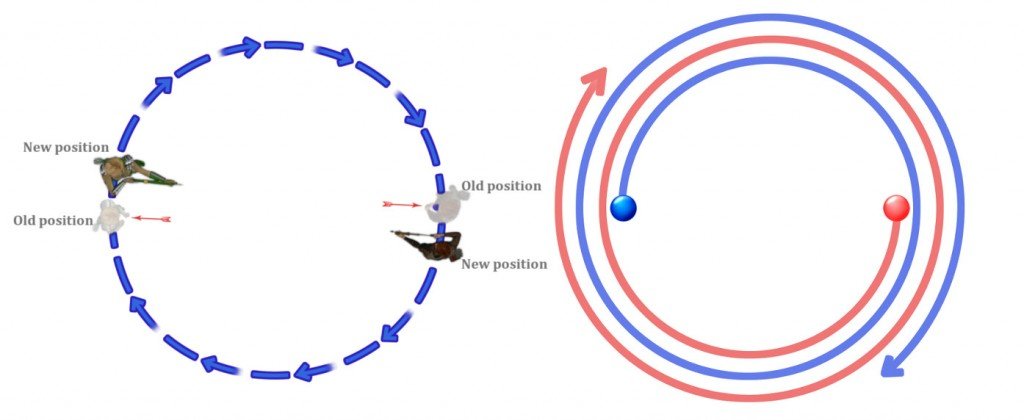
To hit his target, the archer must compensate for the movement by shooting a little ahead. If gravity is not considered to be one single arrow, but rather a lump of arrows dispersed in all directions, then one of these arrows traveling towards the right of the body (assuming they orbit clockwise) will hit its target head-on. The same can be said for the other body. When the two oppositely faced arrows are aligned and are perpendicular to the corresponding centrifugal forces of both the bodies, a stable orbit is accomplished, despite the delay.
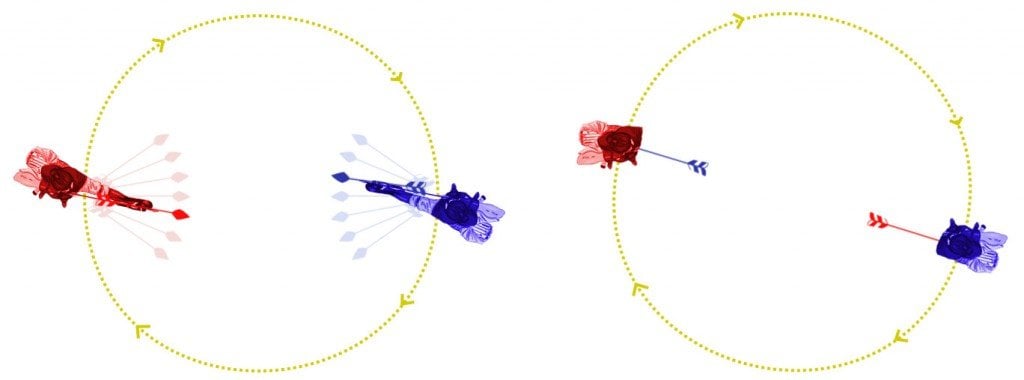
The argument was put forward by the prestigious astronomer Tom Van Flandern, who calculated the arrow’s speed to be 20 billion times the speed of light, which is fair to be perceived as instantaneous. However, Einstein in his General Theory of Relativity claimed that the speed of this wave of arrows is equal to the speed of light – approximately 186,000 miles per second.
Why Is The Speed Of Gravity Equal To The Speed Of Light?
We must first acknowledge that Einstein’s theory of Special Relativity is gravely misunderstood. The speed ‘c’ isn’t exclusive to the speed of light, but rather to the transmission of information. The velocity of 186,000 miles per second refers to an upper limit for the transmission of information regarding any interaction in nature. The speeds of light and gravity, therefore, travel at this peak speed that information is allowed to move.
According to Einstein’s theory, gravity is not exactly a “force” that unflinchingly points towards its source, but rather a ripple, a distortion in the fabric of space-time — a gravitational wave that travels at the speed of light. Because his theory claims that space and time are irrevocably entangled, Einstein used ‘c’ as a conversion factor to convert the units of time to units of space and vice versa. This is because it was the only characteristic that wasn’t dependent on either the motion of an observer or a source of energy, a behavior to which light, gravity and massless particles obediently conform.
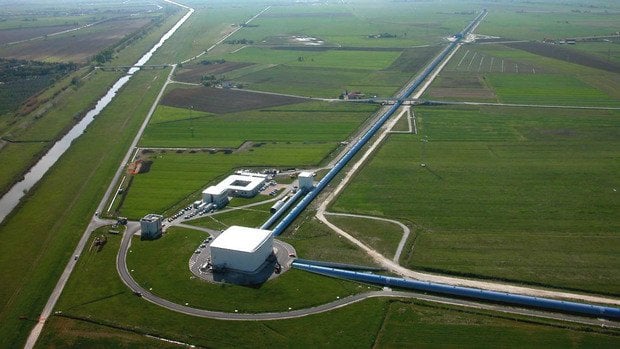
While researching for this article, I found an academic paper published in 1998 that began with “the speed of gravity has not been measured directly in the laboratory – the gravitational interaction is too weak, and such an explanation is beyond present technology capabilities.” Now, nearly 20 years later, researchers at LIGO detected gravitational waves that resulted from a stellar collision of dead cores of two stars 130 million light-years away in a faraway galaxy. The explosion was so devastating that the blinding light and tremors of gravity traveled across the cosmos and could be detected even here.
If the speed of gravity is equal to the speed of light, then both signals must be received at the same time. This would be the first experimental confirmation of whether the speed of gravity is really equal to the speed of light, as claimed by Einstein, something physicists have been pining for since he first made his preposterous claim. This would imply that if the Sun were to suddenly vanish from the center of the Solar System, Earth’s destruction would commence only after 8 minutes, the same amount of time it takes the sun’s light to reach Earth.
However, this is not the case. Such a tremendous collision also emanates other forms of electromagnetic radiation, such as gamma-rays, which interfere with the experiment. According to one paper, the delay between the arrival of light and gravity is mere seconds, which, when we consider the distance they traveled, is virtually irrelevant. Experiments have now narrowed down the speed of gravity to within 1% of the speed of light! This also marked the first time when someone didn’t utter the words “Good job, Einstein!” sardonically.
